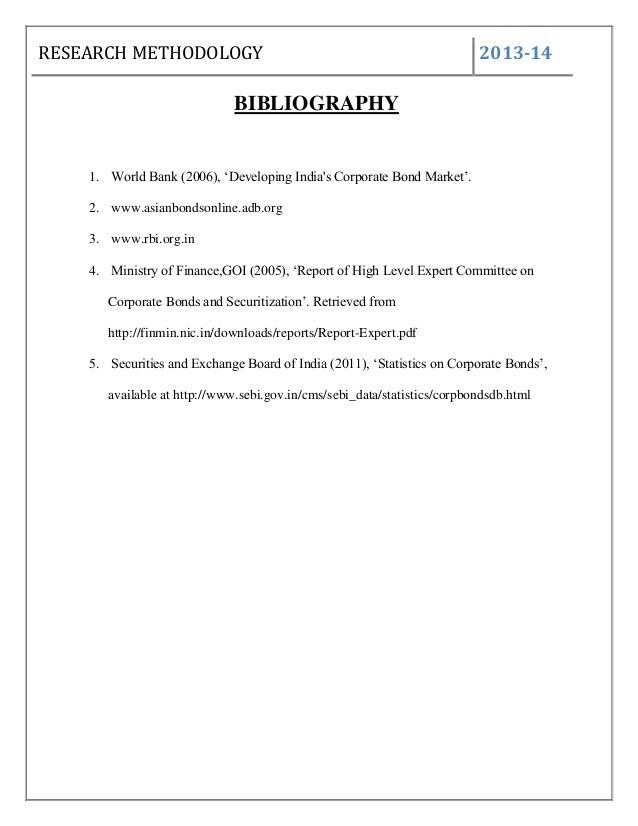AsianBondsOnline Investment Management
Post on: 18 Апрель, 2015 No Comment

Local and foreign investors may invest in the Philippine bond market. To protect investors, the Insolvency Law and Civil Code provide details on bondholder rights. Guidelines on cross-border portfolio investment are issued by the Bangko Sentral ng Pilipinas (BSP).
Investor Participation and Protection
Investor Participation
Retail Investors
The Bureau of the Treasury issues retail treasury bonds in varying amounts at a minimum denomination of PHP5,000. Individual investors interested in purchasing retail treasury bonds can apply through any government securities eligible dealer (GSED) to receive information on opening a transaction account. Some GSEDs may require a higher minimum investment.
The Money Market Association of the Philippines (MART) provides a list of the basic requirements for opening an individual transaction account; and an explanation on the basics of investing, investor rights, and obligations. A link to this list is provided below.
Foreign Investors
In general, there are no restrictions on foreigners purchasing bonds, money-market instruments, or other portfolio investments. Non-residents seeking to invest in the local stock or bond markets are required to finance their transactions through inward foreign exchange remittances or from withdrawals against their foreign currency accounts. They must effect transactions through an authorized security dealer or broker licensed by the Securities Exchange Commission (SEC) or a bona fide member of the Philippine Stock Exchange. Transactions can be carried out either locally or abroad.
Investor Protection
Bondholder Rights
The Insolvency Law and Civil Code cover bondholder rights. Claims of creditors against debtors through insolvency proceedings fall under the Insolvency Law. The Civil Code prescribes the order of payments to different types of creditors in the event of liquidation of a debtor’s estate. The same rules apply to domestic and foreign bondholders.
A study on the insolvency regime in the Philippines by Insolvency Asia, which is linked below, provides details on the claims of creditors, assets available to creditors, and rights of foreign creditors.
The Asia-Pacific Restructuring and Insolvency Guide 2006, which is linked below, provide information on creditor rights in the Philippines. The report addresses issues such as actions creditors take if they are not satisfied with the conduct of either a formal rescue procedure or a corporate bankruptcy/liquidation; and the order creditors are paid in a corporate bankruptcy/liquidation.
Prevention of Fraud
The Securities Regulation Code (SRC) prohibits fraudulent and manipulative transactions. These rules are linked below.
Related Resources:
pages 53-55
Cross-Border Portfolio Investment
The International Operations Department of the Bangko Sentral ng Pilipinas (BSP) implements and monitors rules and regulations on foreign exchange transactions and investments. All rules and subsequent amendments related to foreign exchange are consolidated in BSP Circular 1389, which is linked below.
Capital Inflow
There are no restrictions on nonresident investors purchasing money market instruments, bonds, or other portfolio investments. Nonresidents, who want to invest in local securities markets, must make their transactions via inward foreign exchange remittances converted into Philippine pesos through a local bank, an existing peso account, or from funds held in a resident foreign currency account converted into pesos.
The Foreign Investments Act (FIA) allows 100% foreign-equity ownership in locally-registered firms, except in restricted sectors covered in two lists. List A identifies sectors restricted to foreign-equity ownership by the Philippine Constitution or through nationalization laws. List B cites sectors related to defense, public morals, health, and natural resources. Firms in some of these sectors are subject to a maximum of 40% foreign-equity ownership.
Capital Outflow
A resident’s offshore investments abroad totaling more than USD6 million annually require prior regulatory approval. Registration is required if the foreign exchange used for the investments will be purchased from the domestic banking system. For offshore investments under USD6 million annually, investors must submit supporting documents describing the nature and place of investment to the bank selling the foreign exchange. BSP Circular 388 lists the documentary requirements for purchasing more than USD6 million in overseas investments.
Foreign investments registered with BSP are entitled to full and immediate repatriation of dividends, profits, and other earnings. Repatriation is allowed without regulatory approval, as long as proof of registration for the original investment is available or the registration document is presented. Regulatory approval and registration are required if the foreign exchange needed to service the capital repatriation or outward remittance of dividends, profits, and earnings is sourced from domestic banks.
Related Resources:
In the Philippines, there are currently four basic types of mutual funds—stock (also called equity), balanced, bond, and money market funds. Bond funds invest primarily in bonds such as treasury notes issued by the Government and commercial paper issued by reputable companies in the Philippines. Containing a full basket of only fixed-income securities, bond funds provide capital preservation while maintaining a conservative stance in terms of asset allocation. Like bond funds, money market funds also have a conservative stance since they contain a full basket of fixed-income funds. The main difference lies in the term of investments for money market fund investments, which is one year or less. Equity funds invest primarily in shares of stock issued by Philippine corporations. The dominance of stock issues within a portfolio will position the fund to attain a more aggressive rate of growth. Balanced funds invest in both shares of stocks and bonds to access the growth potential of stocks while being tempered with the presence of secure, fixed-income instruments. Professional fund managers create value for shareholders by providing superior yields within controlled risk exposures. Expertise in both security selection and asset allocation helps to ensure better long-term rewards for mutual fund investors.
At present, there are a total of 22 mutual funds in the Philippines. Six of these are bond funds, five are equity funds, one is a money market fund, and the remaining ten are balanced funds.
The trustee may invest funds only in obligations issued and/or fully guaranteed by the Government or the Bangko Sentral ng Pilipinas (BSP), or in other high-grade, readily-marketable debt securities approved by the BSP.














